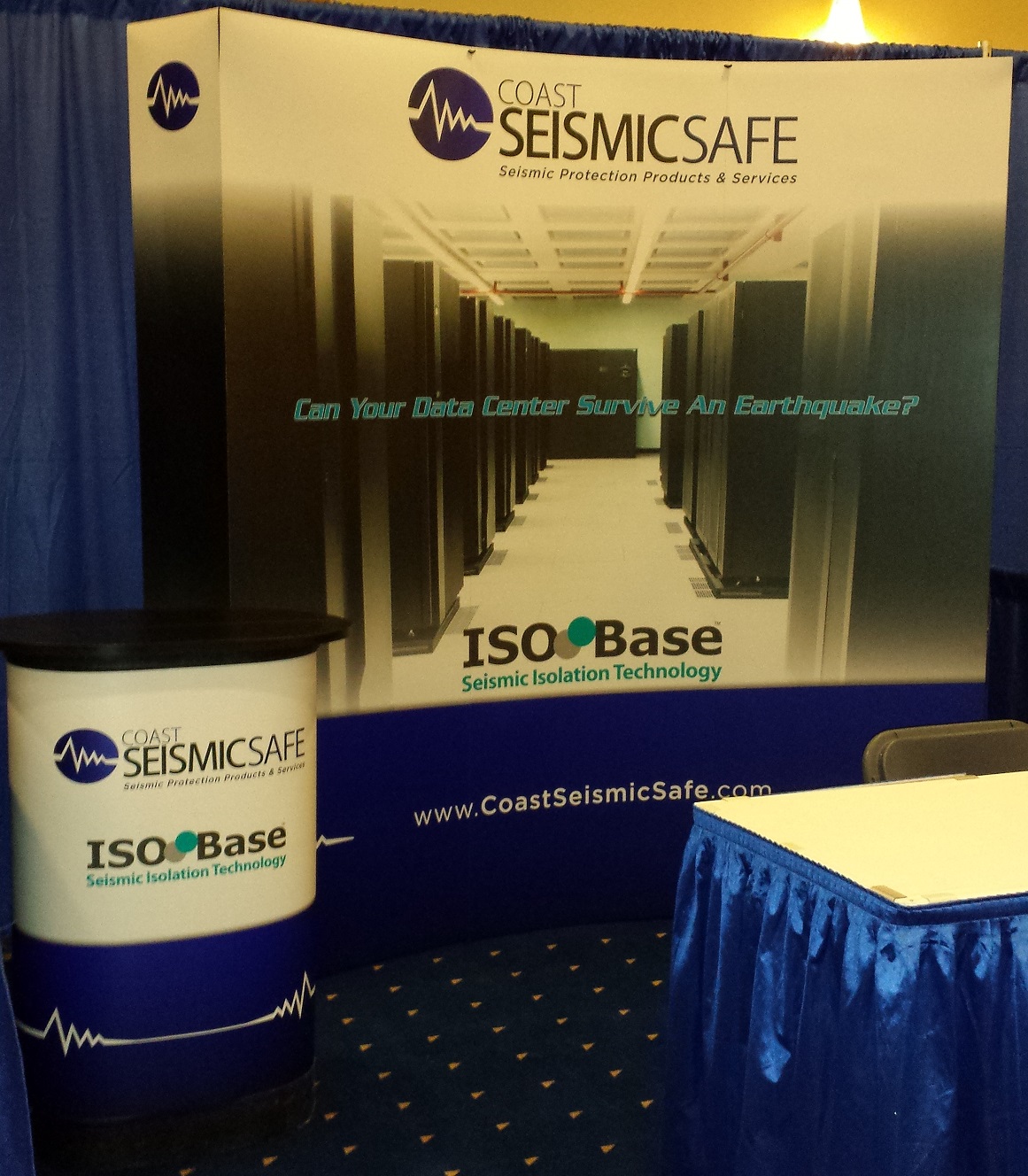Older brick buildings at risk in earthquake, contractor warns
WorkSafeBC should ensure anyone who works in older unreinforced masonry buildings (URMs) in southwestern B.C. knows they’re at considerable risk in the event of an earthquake.
That’s the goal of an application West Vancouver contractor Stephen Noon has made to WorkSafeBC, as he feels local and senior governments have done little to warn workers of the potential hazard.
URMs are brick buildings constructed without steel reinforcements, ties and connections required by modern building codes.
Noon, who specializes in interior renovation work and hopes to import earthquake-resistant desks to B.C., fears there could be thousands of older, earthquake-susceptible buildings in the Lower Mainland and Vancouver Island that would suffer catastrophic damage in a major quake.
“You wouldn’t go into a place with exposed asbestos and this situation (with URMs) is comparable to that,” Noon said. “Asbestos will kill you over a lifetime, but being in the wrong building during an earthquake can kill you instantly.”
Carlos Ventura, director of the Earthquake Engineering Research Facility at the University of B.C., said a California law requires all unreinforced masonry buildings to display signs warning that an earthquake could cause major damage.
“The owners of unreinforced masonry buildings have to make it clear to the tenants that there’s a seismic risk if the building hasn’t been retrofitted,” he said.
Noon feels a WorkSafeBC warning to workers about the hazards of old brick buildings at risk would start the ball rolling on properly dealing with the situation.
“That could start an inventorying system and generally create better public awareness,” he said. “People may decide to lease space in different buildings because the one they’re in just isn’t safe.”
But WorkSafeBC spokesman Scott McCloy said it isn’t his agency’s mandate to deliver such a warning to workers.
“Although we generally expect workplaces to be constructed and maintained in a way that ensures workers’ safety, we don’t directly regulate building codes, which contain seismic provisions enforced by local government,” he said. “Building code standards are regulated through the building code administered by the building and safety standards branch (of the B.C. housing ministry). It’s more their mandate than ours — to directly regulate building codes.”
Warning signs aren’t required in Vancouver but the city requires seismic upgrades when significant changes are made to old brick buildings — including the conversion of many Gastown warehouses into office buildings.
“We still have schools and hospitals with the same type of construction so it’s a concern that not much work has been done in many of these buildings,” Ventura said.
A 1995 City of Vancouver study showed that 1,150 buildings with three or more storeys were built in the city before seismic codes were introduced in 1973. Four hundred of those buildings were found to be at “high” or “very high” risk of collapsing during a major earthquake.
The B.C. government expects to spend $2.8 billion to seismically upgrade or replace 339 schools in the province, but Noon stressed there are major seismic issues at non-school buildings throughout B.C., including the legislature buildings in Victoria.
One report estimates it would cost $250 million to complete a seismic upgrade of the provincial legislature.
“The standards here seem to be behind everyone else,” Noon said. “Even Utah has started URM reduction programs and we have done nothing, apart from the school program.”
Following the deadly 2011 earthquake in Christchurch, the New Zealand government set a 20-year deadline for assessing 193,000 buildings for earthquake risk and then strengthening them. Any building at risk of collapse has to be strengthened or demolished within 15 years.
Seattle officials are establishing a list of URM buildings in their city and will consider a proposal next year that would allow building upgrades to take place over seven to 13 years, based on the building’s risk category.
Noon disagreed with WorksafeBC’s assessment, saying someone has to take responsibility for the issue.
“I think this is just passing the buck,” he said. “It’s clear that WorkSafeBC is liable for injuries and deaths that occur in the workplace and many of those will be caused by these URMs not holding up in an earthquake.”
The provincial ministry responsible for the building and safety standards branch said in a statement that employers on construction sites are responsible for ensuring worker safety.
“WorkSafeBC generally expects workplaces to be constructed and maintained in a manner that ensures worker safety,” the ministry said. “The B.C. Building Code applies during construction, up to the point the building is completed. The provincial government maintains the B.C. Building Code.”
McCloy said WorkSafeBC would usually provide compensation for workers injured during an earthquake.
“While there may be some exceptions, the answer is generally yes,” he said. “Every claim is reviewed based on its individual circumstances.”
WorkSafeBC has established a $20-million Earthquake Disaster Reserve to provide for claims from workers injured during an earthquake disaster.
Source: http://www.vancouversun.com/business/Older+brick+buildings+risk+earthquake+contractor+warns/10417561/story.html
Posted in: In The News
Leave a Comment (0) →




